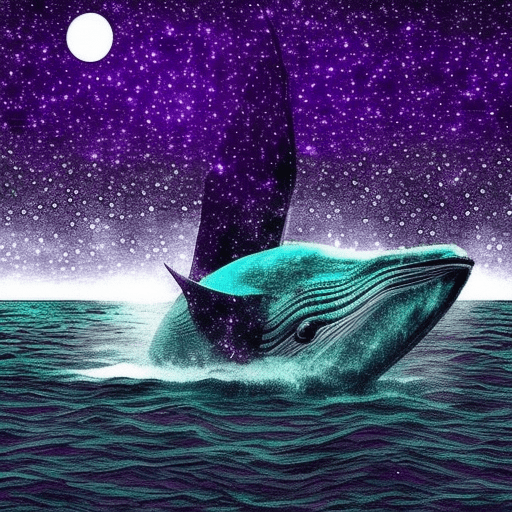Summary:
Moby-Dick or, the Whale is a classic novel by Herman Melville that tells the story of Captain Ahab’s obsessive quest to hunt down and kill the great white whale, Moby Dick. Filled with rich symbolism, philosophical musings, and vivid descriptions of life at sea, the book explores themes of obsession, revenge, and the human struggle against nature.
The Hunt for Moby Dick
The story begins with Ishmael, a young sailor, who embarks on a whaling ship called the Pequod, captained by the enigmatic Ahab. Ahab is a man consumed by his desire for revenge against Moby Dick, the whale that had previously bitten off his leg. As the Pequod sails across the seas, Ahab’s obsession intensifies, and he becomes increasingly detached from reality.
A World of Whaling
Melville takes readers on a detailed exploration of the whaling industry, providing a glimpse into the harsh realities of life at sea. From the dangerous process of hunting whales to the grueling labor involved in processing their blubber, the book offers a comprehensive look at the world of whaling in the 19th century. Melville’s descriptions are both informative and poetic, painting a vivid picture of the sailors’ lives and the awe-inspiring creatures they pursue.
The Symbolism of Moby Dick
Moby Dick, the elusive white whale, serves as a powerful symbol throughout the novel. Representing the unknowable forces of nature, Moby Dick embodies both the beauty and terror of the natural world. Ahab’s relentless pursuit of the whale can be seen as a metaphor for humanity’s struggle against the unknown and the destructive consequences of unchecked obsession. The whale also symbolizes the futility of revenge, as Ahab’s quest ultimately leads to his own destruction.
The novel is filled with philosophical musings and contemplations on the nature of existence. Through the character of Ishmael, Melville explores themes of identity, mortality, and the human condition. Ishmael’s introspective narration provides a deeper insight into the events of the story and offers readers a chance to reflect on their own place in the world.
Key Takeaways:
- The destructive power of obsession: Ahab’s single-minded pursuit of revenge leads to his downfall and the destruction of the Pequod.
- The struggle against nature: Moby Dick represents the unknowable forces of nature and the futility of trying to conquer them.
- The complexity of human nature: The characters in the novel are multi-dimensional, grappling with their own desires, fears, and moral dilemmas.
“Whenever I find myself growing grim about the mouth; whenever it is a damp, drizzly November in my soul; whenever I find myself involuntarily pausing before coffin warehouses, and bringing up the rear of every funeral I meet; and especially whenever my hypos get such an upper hand of me, that it requires a strong moral principle to prevent me from deliberately stepping into the street, and methodically knocking people’s hats off—then, I account it high time to get to sea as soon as I can.”
Moby-Dick or, the Whale is a timeless masterpiece that delves into the depths of human nature and the mysteries of the natural world. With its rich symbolism, philosophical insights, and captivating storytelling, the novel continues to resonate with readers today. It serves as a reminder of the dangers of unchecked obsession and the power of nature to both awe and destroy.












